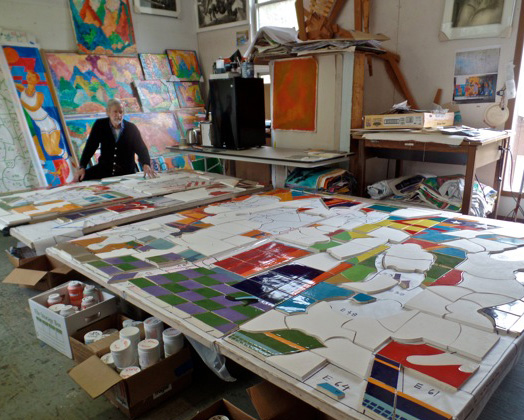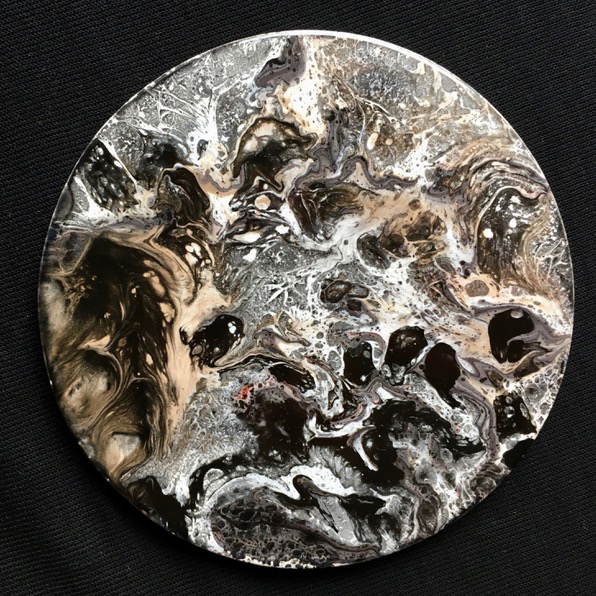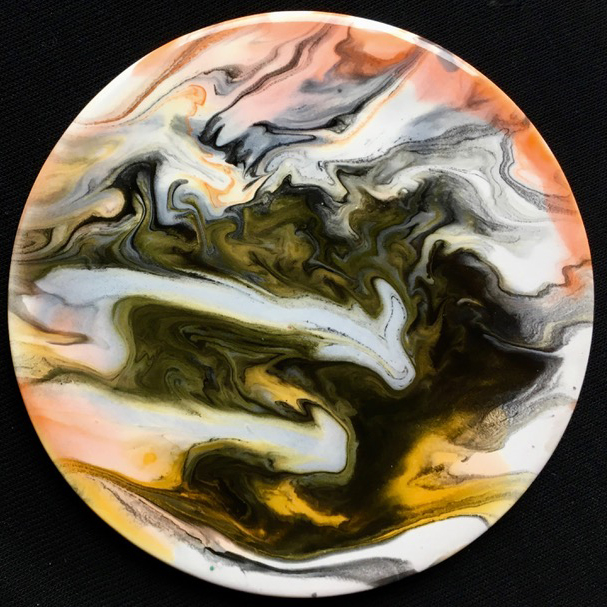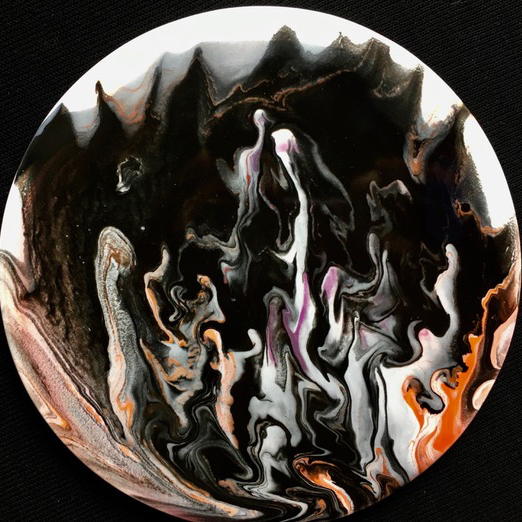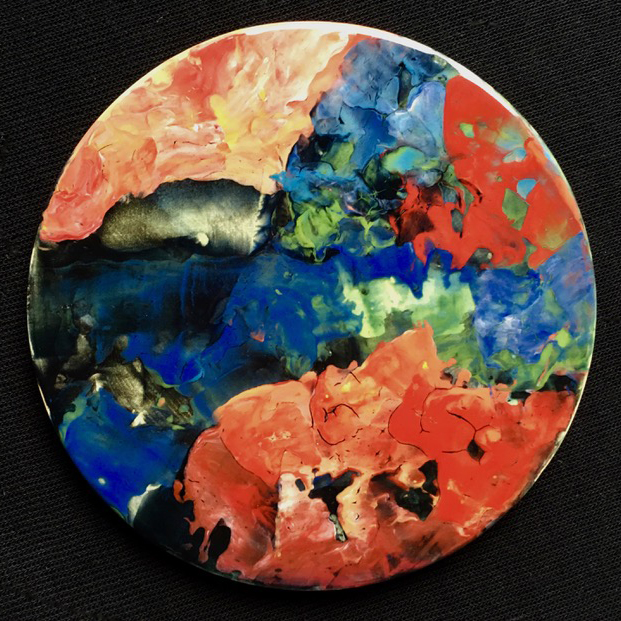Robert Hutton, born and raised in Pittsburgh, PA., showed an interest and gift for art since childhood. At sixteen years old, he began a disciplined self-study of art. In 1968, he received his B.F.A. degree in Painting. Then, he proceeded on to Penn State University as a graduate assistant and earned his M.F.A. degree in Drawing and Sculpture in 1970. Nationally and regionally, Hutton’s work has been exhibited in numerous juried and invitational exhibitions, including the National Academy of Design, New York, NY; Smithsonian Traveling Exhibit; Chrysler Museum, Norfolk, VA; Springville Museum of Art, Utah; Aaron Gallery, Washington, DC; Huntington Museum of Art, WV, as well as several solo shows.
Mayco: Do you have a signature style? If so, please tell us about it.
Robert: People occasionally tell me, “I would recognize your work anywhere.” My peculiar mode of expression is most conspicuous in figurative drawings where I feel most sensitive and responsive to the human condition. However, when I paint landscapes in watercolor, oils or acrylics, my style reflects a stronger emphasis on sensuous paint and emotive color. The work is quite intuitive and personal, yet my style might not be quite as obvious. It is nevertheless present since something of the creator is always embodied in the creation.
What inspires you in your work?
“Literature provides one source of inspiration, including ancient Scriptures, mythology, fairy tales, and parables. These writings boldly engage the raw edge of life with all its passions. I am equally indebted to many wonderful artists who have enlightened me on the potential of visual images and color. Further, nature itself, including human nature with its myriads of moods and variations, constantly encompasses my senses. Impressions from exotic places (Hawaii, Caribbean Islands, South America, North American deserts and mountains) stimulated many landscape interpretations. All these influences continue to filter through my imagination, are assimilated and finally emerge in surprising ways as I create.” – Artist Statement from my Retrospective Solo-Exhibition at the Huntington Museum of Art.
Some say art is about life, but for me, art is life, lived out in an amplified way. Art provides access to introspective worlds of self-discovery and outer worlds of dreams and hopes. Lines and marks have an evocative power; color is emotive; clay is sensuously tactile— All of these open doors to exhilarating visual experiences without serious side effects.
How has your experience as a professor affected your art?
I taught basic drawing, figure drawing, sculpture, painting, in addition to 2-D and 3-D design to students of all levels and dispositions. The preparation, presentation, and dialogue over 29 years were monumental sources of insight regarding the methods and meaning of art. Using different media while demonstrating processes and techniques in my classes stimulated my own creative work. The most obvious effect is that I became interested in a broad variety of media. For example, I found myself delving into drawing for several years, exploring inventive methods and unique imagery. Feeling compelled to use color in my work, I transitioned into creating paintings for many seasons.
During another period of time, the tactile pleasure of modeling terracotta figures kicked in. The cycle continued with creating large welded steel figures, commissioned bronze portraits, balsa-to-bronze sculptures, large wood /mixed media figurative work, etc. Currently I am working with stoneware clay to create a large clay tile mural memorial, along with exploring glazing experiences on low-fire tiles. I find such diversity stimulating, complementary and enriching. To paraphrase a saying, “To be long multiple is to be richly one.”
I see in your biography, that you have received grants for innovative processes. Tell us about the process that you most enjoy.
Generally, I enjoy spontaneous ways of working without a lot of preplanning or technical processing (like mold-making). I like to find my way as I watch the work unfold with materials in hand. I consider my work a three-way dialogue with my conscious self, subconscious intuition and the voice of the medium. I especially enjoy ink drawing and fluid water media because these provoke “accidents” and innovation. My grants using the latter were largely about creating my own tools and methods as a means to fresh new imagery. I am pursuing similar goals using glazes on clay tiles.
I love the quote you noted, “Lack of experience is my greatest asset.” How does that fuel your creative fire in your work?
Trying something new stimulates and plunges me into an exciting adventure. We are all bound by preconceptions, skills and past experiences which lead to redundancy and imitation (even of ourselves). If we stop insisting on “success”, become willing to learn from our failures and to try out new ideas, it is likely that doors will be open. We will then transport ourselves into realms otherwise inconceivable — That’s the leap of faith that I enjoy taking.

